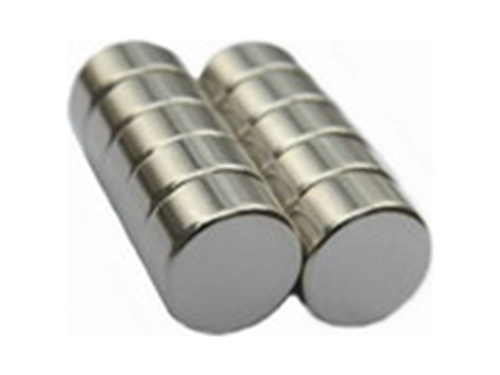Composed of the most powerful "rare earth" permanent magnets known to man, NdFeB is a relatively modern method of making and first became commercially available in 1984. NdFeB magnets have the highest B bromine, iodine and BHmax of any magnet formulation, and also have very high HC (defined below). However, they are very brittle, difficult to machine, sensitive to corrosion and high temperatures. Useful for homes, workshops, pickups, laboratories, wind turbines, spaceships, etc. In many sizes and almost all magnet applications, NdFeB is the best choice at a reasonable price because of its incredible strength and coercivity! In power generation applications, NdFeB magnets can be foreseen, giving 45 times the output power of ceramic magnets.
Will magnets corrode if used outdoors?
NdFeB magnets are susceptible to corrosion. Many of our magnets have nickel, zinc, gold or epoxy coatings that protect them from moisture. If the coating is damaged (as is often the case with surplus magnets), the magnets will rust if exposed to water or humidity. If this is your concern, you can easily add another protective layer by dipping the magnets with epoxy or plastic coating.

I already know the patent issue about NdFeB magnets, should I apply for a magnet license?
NdFeB magnets are a relatively new invention in 1984 when they first became commercially available. GM holds a patent that some hard drive makers do sue over the use of unlicensed NdFeB magnets. Since then, the patent has been sold to Sumitomo Corporation, who is offering easy licenses to magnet manufacturers around the world. All NdFeB magnets are currently being protected under international patents. All our magnets, whether new, legal, licensed material, or surplus from various industries.
How are magnets made? Can I keep them at home?
Manufacturing: NdFeB magnets are complex manufactured, packed with powdered NdFeB material, moulded, and then sintered. A non-magnetized "magnet" is then formed to the correct size and plated. To magnetize, they are placed in a very expensive machine that generates instantaneous magnetic fields powered by extremely high discharges and coils using high voltage capacitors. The polarity of the finished magnet depends on how it is oriented in the magnetizer, and how the sintered mixed particles are oriented. This makes domestic manufacturing impossible. However, you can make simple steel magnets at home. Take a nail and stroke it 20 or 30 times with a powerful NdFeB magnet, it always moves the magnet in only one direction on the nail. Presto, nails will be magnetized, market share is very weak.
Can I cut, drill or machine magnets of my own size and shape?
AlNiCo magnet machine is easy in any way you wish. NdFeB magnets are very hard and brittle in nature. While they can be cut, drilled and machined, it should only be done by someone experienced in ceramics. If the magnets gain about 300 degrees Fahrenheit, they will permanently lose their magnetism. They're all flammable, and it's not hard to grind or process them, get them (or cut chips and dust) so hot to the touch that they ignite. If they don't ignite, the fumes are toxic, like magnesium, and the material burns very fast, hot! In our experience, any machining should be done with these magnet diamond tools, with good ventilation and fire hazard in mind, based on plenty of coolant.





